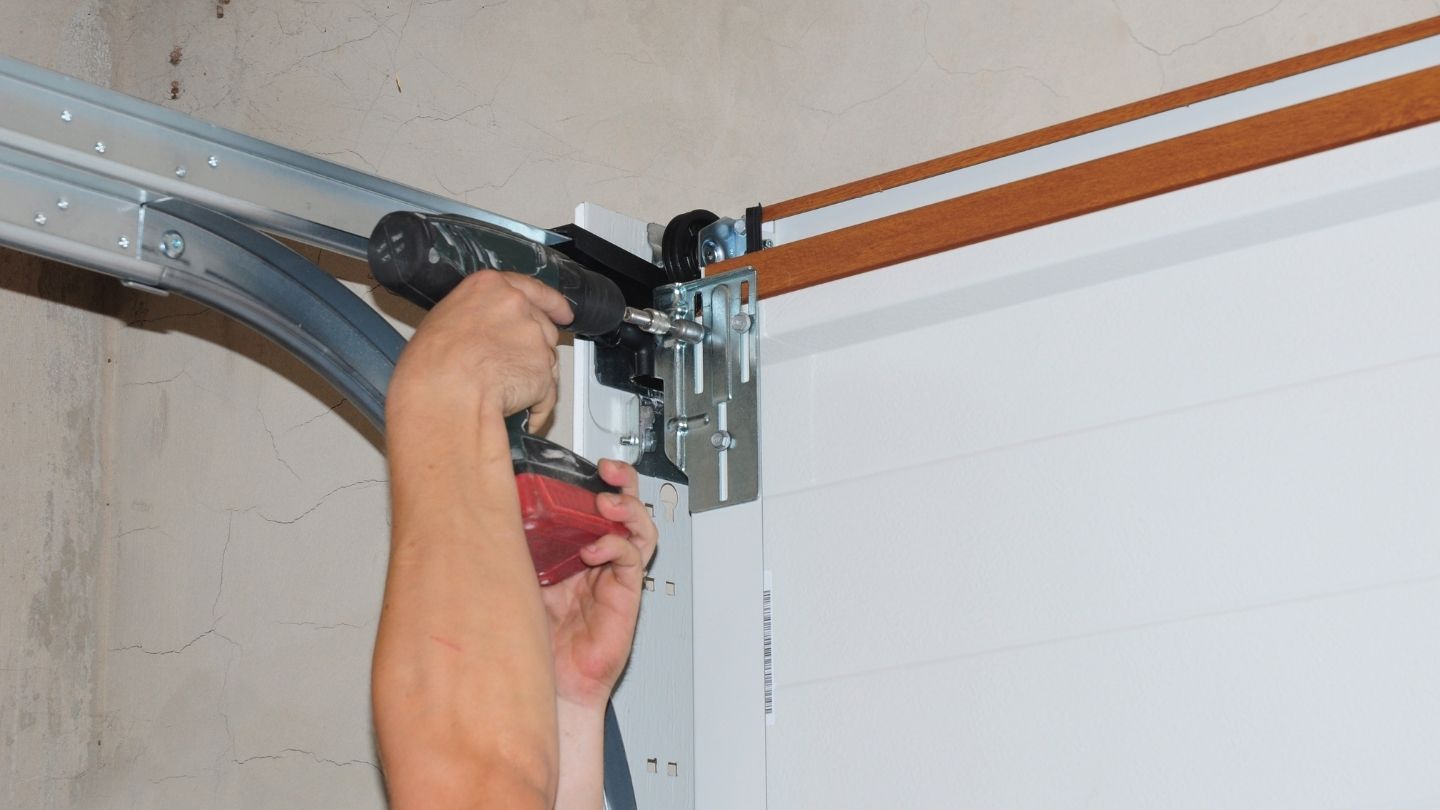You don’t give much thought to a smooth-running garage door until it suddenly won’t open, and that’s not unusual. However, over time, wear and tear may create small problems which can turn into larger ones.
Fortunately, there is good news! You can prevent or fix most of these with just a few simple moves. Here are six simple solutions to help keep your garage door working smoothly and safely throughout the year.
1. Lubricate Moving Parts Regularly
Rollers, hinges, springs, and tracks should all be lubricated on a regular basis in order to reduce the amount of noise and friction that occurs. Use a silicone-based lubricant instead of grease because it will not attract dust or dirt.
Lubrication every couple of months can help prevent metal parts from wearing out. It also allows the door to open and close evenly, without sudden jerks or squeaks that can indicate stress on the system.
2. Tighten Loose Hardware
Your garage door opens and closes several hundred times a year, and all that motion tends to shake screws, bolts and brackets loose. And yet, this small matter can make a big difference not only for performance but also safety.
Check the tracks, hinges, and mounting brackets for loose connections and tighten them if necessary with a wrench or screwdriver. Monitor it occasionally, and avoid unwanted wobble or misalignment later on.
3. Balance the Door for Even Movement
Having a door that is not level can cause additional strain on the opener and wear some of its components down sooner. To test the balance, release the automatic opener and open it manually halfway. If it fails to sit still, you might need to tune up your springs.
It may be a bit harder to adjust a garage door, so if it’s starting to do this, you’d likely want to contact someone who knows about garage door repairs. They are able to safely adjust the tension, helping your system run smoothly once more.
4. Keep Tracks Clean and Aligned
Dirt, leaves and small twigs can also become stuck on the tracks, which results in the rollers having difficulty sliding. Wipe off any deposits with a soft cloth or brush. Then ensure that both tracks are straight and parallel to each other in the direction of the door’s movement.
Check around the dents for loose ones and bendage in the track; just push them back with light pressure. A garage door that opens silently can greatly benefit from well-oiled tracks.
5. Check and Replace Weather Seals
Weather seals prevent dust, water and draughts from entering, as well as pests that may find their way into your garage. Over time, they become worn and cracked, allowing draughts and moisture to invade. Check the bottom gasket and side strips for damage on a regular basis.
Replacing seals is cheap; it can save you money by cutting down on energy use through better insulation. It’s one of those easy fixes that brings long-term savings, too.
6. Test the Safety Features
Today’s garage doors are equipped with safety sensors and auto-reverse features to keep you and your family protected from injury. To test them, insert a small object under the door as you close it—the door should reverse upon contact. If it doesn’t, the sensors may be dirty or out of alignment.
Wipe the sensor lenses with a cloth, and ensure that they are facing one another. If the problem persists, a brief visit from a tech can get everything squared away.
Smooth Moves for a Reliable Door
Maintaining your garage door in tip-top shape doesn’t have to be a major endeavor. All it takes is a little care at regular intervals. By implementing the six straightforward fixes outlined in this article, you can keep your garage door functioning longer and quieter and avoid untimely costly breakdowns.


































